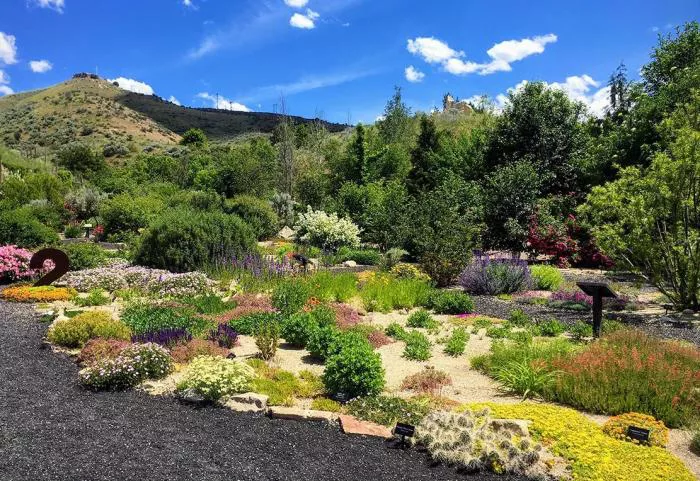Wildfires threaten homes and landscapes across North America—but strategic landscaping can reduce risks. By creating defensible spaces, selecting fire-resistant plants, and implementing smart design, property owners and landscapers can slow fire spread and protect structures. This guide explores science-backed strategies to build fire-resilient landscapes, from maintenance tips to Firewise USA certification.
How Landscapers Can Reduce Fire Risks and Enhance Safety
As wildfires continue to devastate western states and North America, landscapers play a critical role in mitigating fire risks for residential and commercial properties. From garden maintenance to landscape architecture, professionals can either improve or inadvertently worsen a property’s fire safety.
Creating defensible spaces, selecting fire-resistant plants, and implementing strategic design principles are now essential for property survivability and insurability. Landscapers must understand how wind, slopes, and vegetation influence fire movement—and how climate change intensifies these risks.
Understanding Fire Fuel and Climate Impact
Climate change has altered vegetation patterns, leading to earlier drying of grasses and weeds, increased temperatures, and erratic rainfall. These factors elevate wildfire risks not only in wildland-urban interface (WUI) zones but also in residential yards, HOAs, and commercial landscapes.
Landscapers can counteract these threats by designing resilient landscapes that resist, withstand, and recover from fires. Some communities have even achieved Firewise USA® recognition—a program backed by the National Fire Protection Association (NFPA), USDA Forest Service, and state foresters.
Key Strategies for Firewise Landscaping
Defensible Space Zones
Creating buffer zones around structures slows or stops fire spread while providing safer access for firefighters. Key recommendations include:
Zone 0 (0-5 feet from buildings): No vegetation; only hardscaping or non-flammable materials.
Zone 1 (5-30 feet): Limited, well-spaced fire-resistant plants; cleared of dead leaves and debris.
Firebreaks and Fuel Breaks
Design features like pathways, hardscaping, and turf areas can interrupt fire continuity. Strategic spacing between plants prevents horizontal and vertical fire spread.
Fire-Resistant Plants
Selecting low-flammability species is crucial. Ideal plants have high moisture content, low oil content, and slow-burning properties. Examples include:
Trees: Ash, redbud, maple.
Shrubs: Boxwood, blueberry, azalea.
Groundcover: Creeping thyme, wild ginger, stonecrop.
Avoid highly flammable species such as junipers, cedars, eucalyptus, and pampas grass.
Non-Combustible Materials
- Use gravel, rock, or pavers near structures.
- Avoid flammable mulches like shredded cedar (“gorilla hair”).
- Keep roofs, gutters, and decks clear of debris.
Maintenance Best Practices
- Regularly prune trees (6-10 feet from ground).
- Remove dead vegetation and weeds early.
- Ensure fire department access to property perimeters.
Achieving Firewise USA Recognition
Landscapers can guide communities through the Firewise USA® certification process, which involves:
Assessment: Collaborate with fire departments to identify risks.
Action Plan: Prioritize vegetation removal, defensible space creation, and structural hardening.
Documentation: Submit before-and-after photos and progress reports.
Ongoing Compliance: Maintain firewise conditions with annual budgets and resident education.
Final Recommendations for Landscapers
- Educate clients on firewise practices required by insurers.
- Work closely with fire prevention experts and local authorities.
- Prioritize continuous improvement and community engagement.
- Advocate for resilient, science-based landscape design.
By adopting these strategies, landscapers can protect properties, enhance safety, and build trust with clients in wildfire-prone regions.

